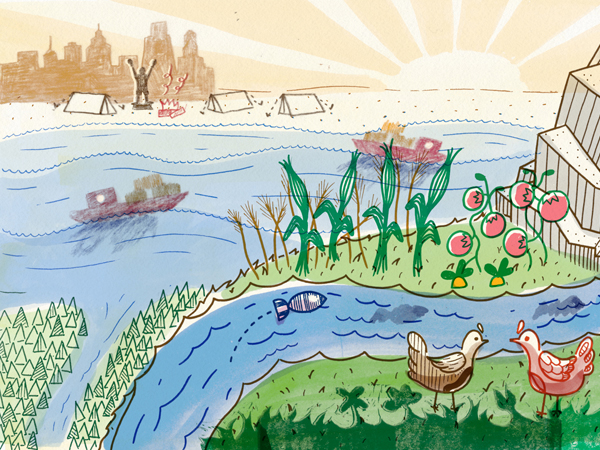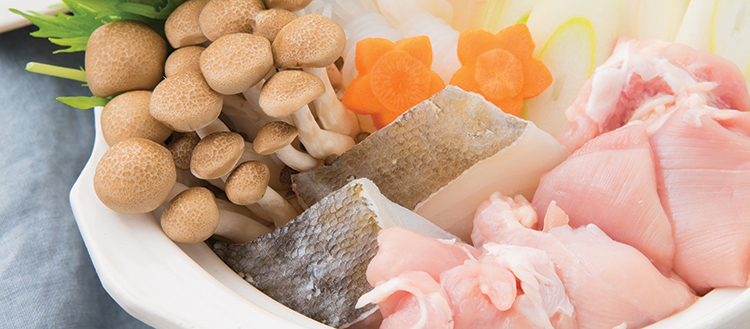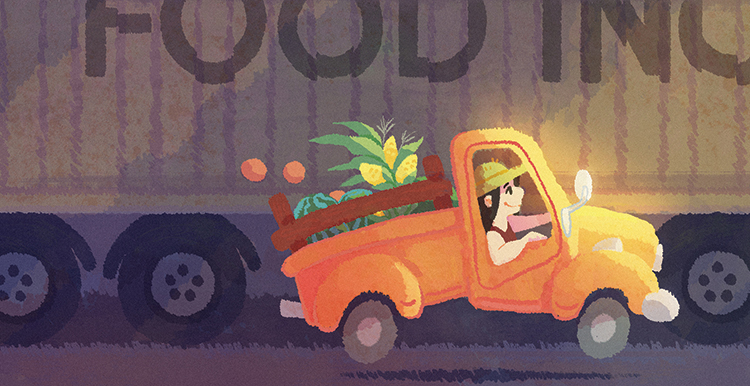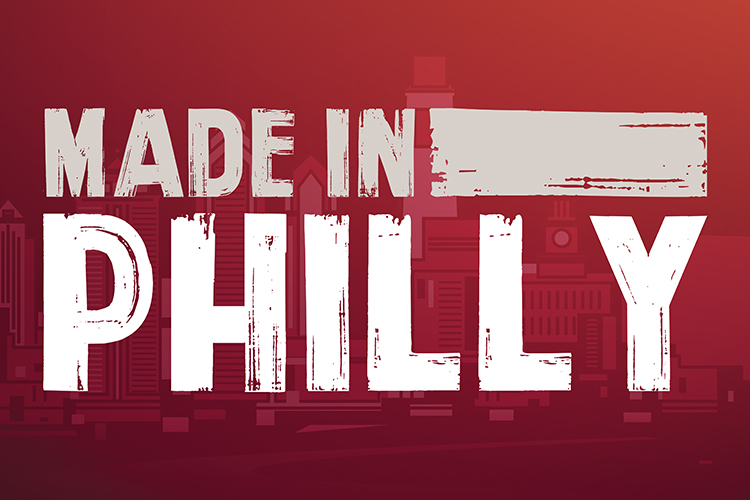 Fixing our broken food system
Fixing our broken food system
by Paul Glover
Everything we hope to achieve, have and enjoy would be shaken from our grasp without the miracle of seeds unfolding into food, far from where we live. Are you on the road to success? Take food with you. Whether we eat from silver plates or tin cups, three times daily or three times weekly, we will eat or die. Fortunately, enough food is brought to Greater Philadelphia to fill the Comcast Center every night. While we sleep, thousands of trucks deliver millions of pounds to dozens of massive wholesale and supermarket warehouses. Fruits and vegetables reach us from California, Florida, Washington, Oregon, Idaho, Mexico and Central and South America. Milk and eggs from Lancaster County refrigerate here with slaughtered western steer. Fish from the Atlantic coast, China and South America flop onto our shores.
The system never rests, delivering the greatest variety of eats for the smallest paycheck, any place on earth. From high above, our machines, trucks and toilers would look like blood cells racing through an athlete. Many are fed so well that we can live preoccupied with careers, romance, God, homes, sex, families and thrills.
Beyond the farm, metals and fuels forge tools which raise food. The food we buy has survived bugs, birds, weeds, diseases, erosion, drought, flood, poison, harvest, storage, trimming, crushing, mixing, cooking, packaging, spoilage, more storage and transport to wholesalers and markets, to be swallowed by us.
But there are problems in heaven. Philadelphia has become an army camped far from its sources of supply, using distant natural resources faster than they renew. Although Philadelphia was once a vast garden, filling its own belly, we now import most food from hundreds and thousands of miles away. Large urban orchards, farmlands and grasslands were paved for the city’s latest crop: people.
Every day 8,000 more Americans arrive, and each wants as much food as you. Yet, each day eight square miles of agricultural land is destroyed for suburbs, shopping centers, livestock and strip-mines. Costlier fertilizers and deadlier pesticides are needed to pump more food from overworked dirt. Twenty-six square miles of topsoil fly or float away daily. At the same time, America sells grains abroad, trying to feed nations that have preceded us toward agricultural ruin. More hunger is served by less land every day.
Relax, though. Don’t eat faster. You’re feeding your future by one or more of these changes. You’re eating less meat, so that grains are fed to humans and animals do not suffer. You’re shopping for Pennsylvania labels, rather than eating food hauled cross-country. You’re growing some of your own food. You’re recycling kitchen scraps into your garden. You’re buying bulk when you can, looking for food value rather than packaging. You’re asking your grocer to stock regional fruits and vegetables. You’re supporting small farms by joining a CSA (subscribing to the harvest) or spending at farmer’s markets. You’re landscaping with edibles rather than ornamentals. You’re controlling retail sales by joining—or starting—a buying club or co-op. You’re having a good time without wasting metals, plastic, oil, paper and electricity. You’re having one or fewer children, and adopting the rest.
Even large factory farms are beginning to learn the benefits of non-toxic pest control, drip irrigation, green manure, mulching, intercropping and genetic diversity. Cities are starting to plant edible parks and orchards, to link building codes and development options to urban agriculture, to fund food preservation centers, turn clean sludge into fertilizer, establish agricultural zones and give tax breaks to greenhouses.
There are many local organizations working to grow healthy food. They’ve set the table. Time to roll up our sleeves and dig in.





